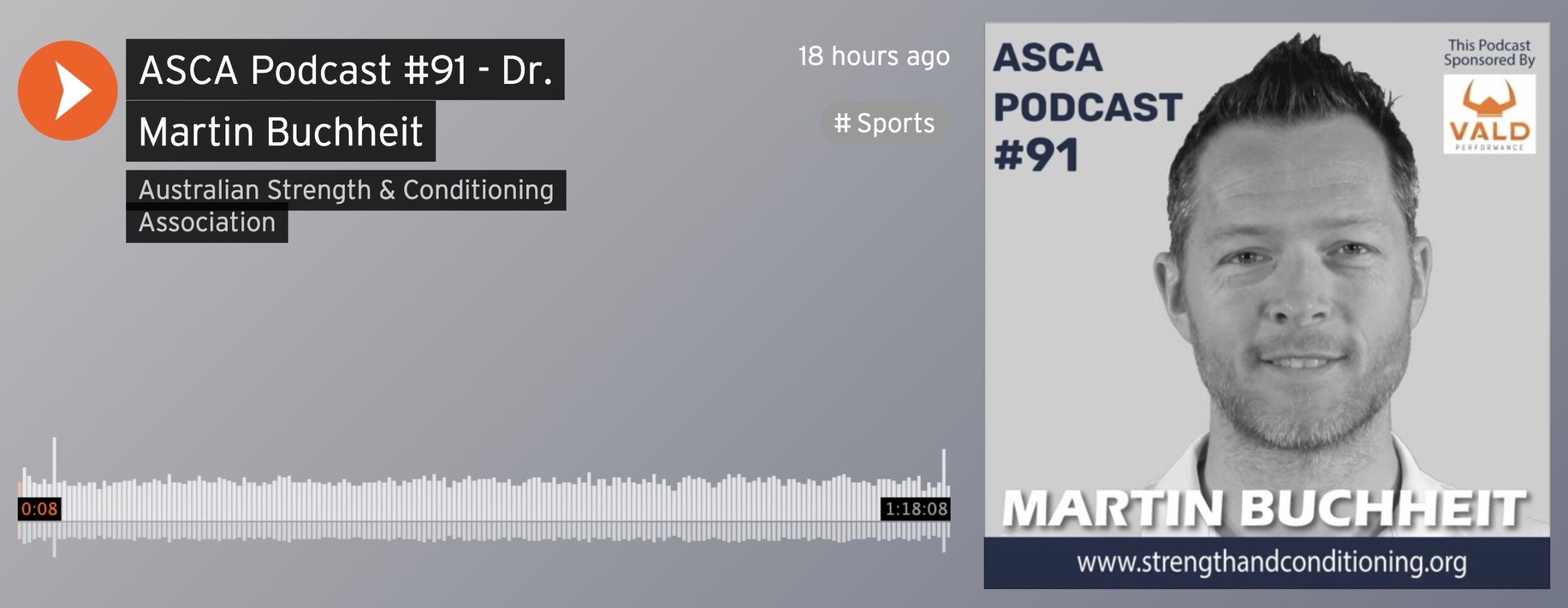Tolerance to high-intensity intermittent running exercise
The straight-line version of the test we used in the following paper: Full text here
Tolerance to high-intensity intermittent running exercise: do oxygen uptake kinetics really matter?
Source
Physiology Unit, Football Performance and Science Department, ASPIRE Academy for Sports Excellence Doha, Qatar.
Abstract
We examined the respective associations between aerobic fitness ([Formula: see text]max), metabolic control ([Formula: see text] kinetics) and locomotor function, and various physiological responses to high-intensity intermittent (HIT) running exercise in team sport players. Eleven players (30.5 ± 3.6 year) performed a series of tests to determine their [Formula: see text]max and the associated velocity (v[Formula: see text]max), maximal sprinting speed (MSS) and [Formula: see text] kinetics at exercise onset in the moderate and severe intensity domains, and during recovery ([Formula: see text] SEV). Cardiorespiratory variables, oxygenation and electromyography of lower limbs muscles and blood lactate ([La]) concentration were collected during a standardized HIT protocol consisting in 8 sets of 10, 4-s runs. During HIT, four players could not complete more than two sets; the others finished at least five sets. Metabolic responses to the two first sets of HIT were negatively correlated with [Formula: see text]max, v[Formula: see text]max, and [Formula: see text] SEV (r = -0.6 to -0.8), while there was no clear relationship with the other variables. [Formula: see text], oxygenation and [La] responses to the first two sets of HIT were the only variables that differed between the players which could complete at least five sets or those who could not complete more than two sets. Players that managed to run at least five sets presented, in comparison with the others, greater v[Formula: see text]max [ES = +1.5(0.4; 2.7), MSS(ES = +1.0(0.1; 1.9)] and training load [ES = +3.8 (2.8; 4.9)]. There was no clear between-group difference in any of the [Formula: see text] kinetics measures [e.g., ES = -0.1(-1.4; 1.2) for [Formula: see text] SEV]. While [Formula: see text]max and v[Formula: see text]max are likely determinant for HIT tolerance, the importance of [Formula: see text] kinetics as assessed in this study appears limited in the present population. Knowing the main factors influencing tolerance to HIT running exercise may assist practitioners in personalizing training interventions.



